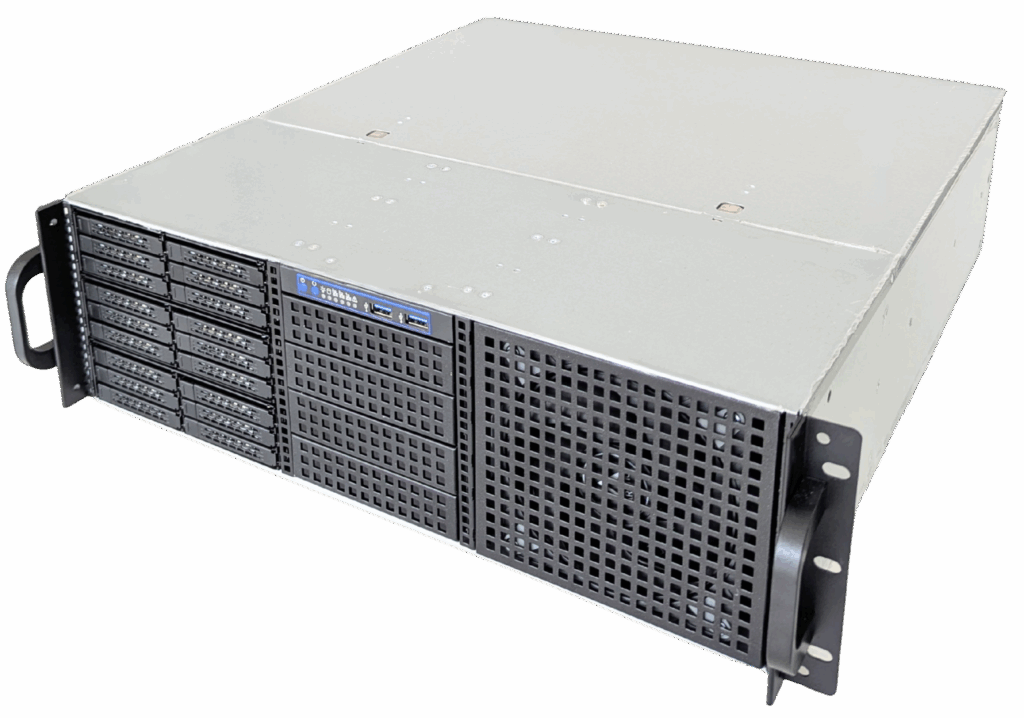
At AMD’s 2025 EMEA Signal Processing Working Group on Oct. 29-31 at AMD Dublin, Ireland, MLE presented the newest storage acceleration technology: the NVMe Fast FPGA RAID (FFRAID).
With MLE NVMe FFRAID you can transfer, gapless and loss-less, bulky data from multiple sensors to a RAID of NVMe SSDs at aggregated speeds up to 400 Gbps. Multiple systems can further be cascaded via IEEE 1588-2019 (HA) Precision Time Synchronization (PTP) for faster and/or deeper recording.
MLE NVMe FFRAID implements a channel-based architecture where each data source/sink can be associated with a dedicated RAID engine and a dedicated storage space.
Key Features
- Scalable from 100Gbps to 400Gbps
- Cascade of multiple systems with time-synchronization
- Start-Pause-Stop Data Recording
- Pre-trigger Data Recording using circular buffers
- Adaptable signal front-ends
- Striping mode (RAID 0)
- Striped and mirrored mode (RAID 0+1)
- Read/write compatible with Linux Software-RAID
- Compatible with TGC OPAL
Applications
- Autonomous Vehicle Path Record & Replay
- Automotive / Medical / Industrial Test Equipment
- Broadcast Recording
- High-speed Radar / Lidar / Camera Data Acquisition & Storage
- Network Telemetry and Analytics
- Very Deep Network Packet Capture of Ethernet or IPv4 or TCP/UDP Data
Availability Choices
- IP Core (for select FPGA devices)
- NVMe FFRAID Card (for select off-the-shelf FPGA cards)
- NVMe FFRAID Recorder (a turnkey system appliance)



